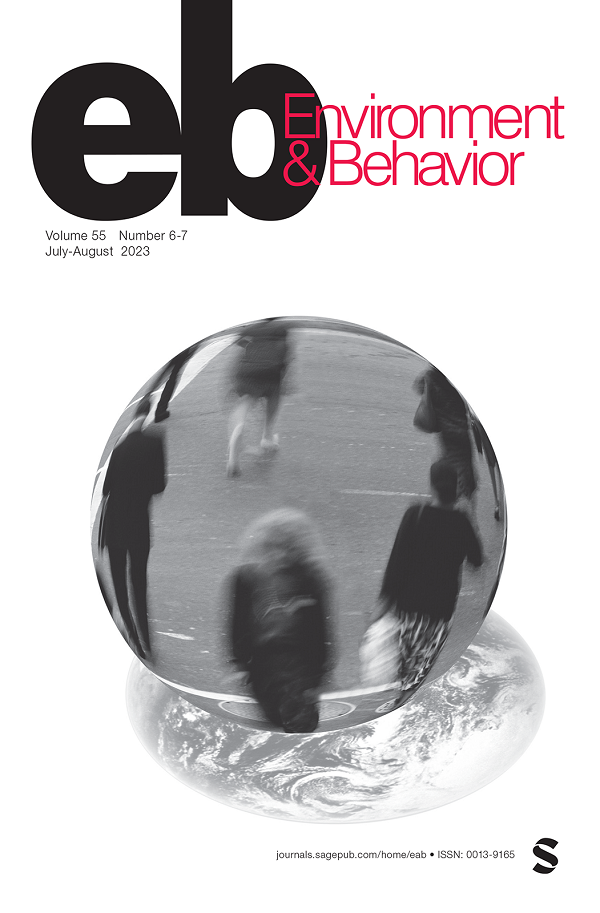从建筑环境到医疗成本的途径:将客观测量的建筑环境与体育活动和医疗支出联系起来
IF 4.6
2区 心理学
Q1 ENVIRONMENTAL STUDIES
引用次数: 7
摘要
将卫生保健支出与体育活动和建筑环境联系起来的证据很少。我们研究了详细的城市形态如何与模式特定的中高强度体育活动(MVPA)和医疗保健成本控制(交通通道、居住选择/偏好、社会人口因素)相关。我们利用railsand Health研究中476名参与者的高分辨率数据,包括医疗保健成本、特定模式的MVPA、包裹级建筑环境和社区感知调查。为了考虑结果之间的依赖关系,使用了结构方程建模框架。自行车、步行和交通相关的MVPA每增加1%,医疗保健成本分别降低0.28%、0.09%和0.27%。社区步行指数每增加一个单位,医疗保健成本就会降低6.48%。通过MVPA还观察到居住选择、态度和健康结果之间的间接关联。研究结果表明,通过改造社区,有可能改变人们的行为,降低医疗成本。本文章由计算机程序翻译,如有差异,请以英文原文为准。
Pathways from Built Environment to Health Care Costs: Linking Objectively Measured Built Environment with Physical Activity and Health Care Expenditures
Evidence connecting health care expenditures with physical activity and built environment is rare. We examined how detailed urban form relates to mode specific moderate-to-vigorous physical activity (MVPA) and health care costs—controlling for transit access, residential choices/preferences, sociodemographic factors. We harness high resolution data for 476 participants in the Rails and Health study on health care costs, mode specific MVPA, parcel-level built environment, and neighborhood perception surveys. To account for dependencies among outcomes, structural equation modeling framework is used. A 1% increase in bike, walk, and transit-related MVPA was associated with lower health care costs by −0.28%, −0.09%, and −0.27% respectively. A one-unit increase in neighborhood walkability index correlates with a 6.48% reduction in health care costs. Indirect associations between residential choices, attitudes, and health outcomes through MVPA were also observed. The results suggest the potential to alter behaviors and lower health care costs through retrofitting neighborhoods.
求助全文
通过发布文献求助,成功后即可免费获取论文全文。
去求助
来源期刊

Environment and Behavior
Multiple-
CiteScore
13.30
自引率
1.80%
发文量
13
期刊介绍:
Environment & Behavior is an interdisciplinary journal designed to report rigorous experimental and theoretical work focusing on the influence of the physical environment on human behavior at the individual, group, and institutional levels.
 求助内容:
求助内容: 应助结果提醒方式:
应助结果提醒方式:


